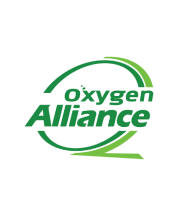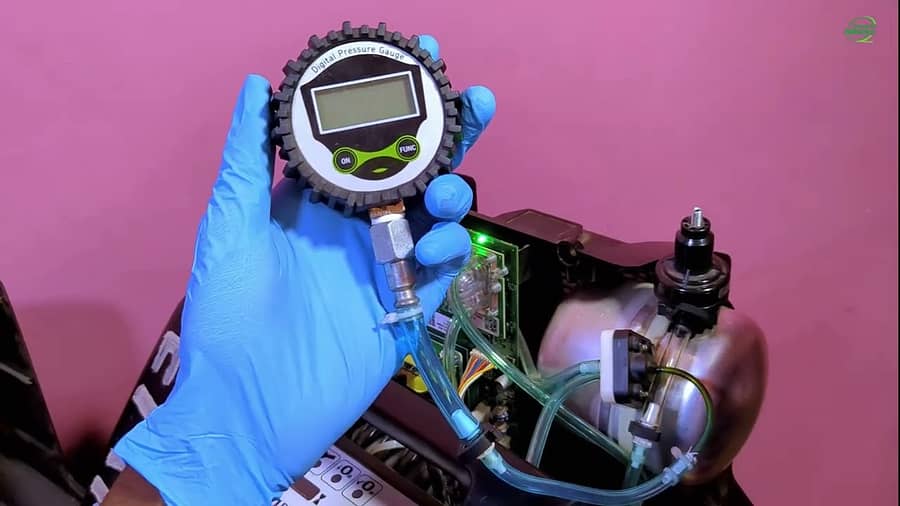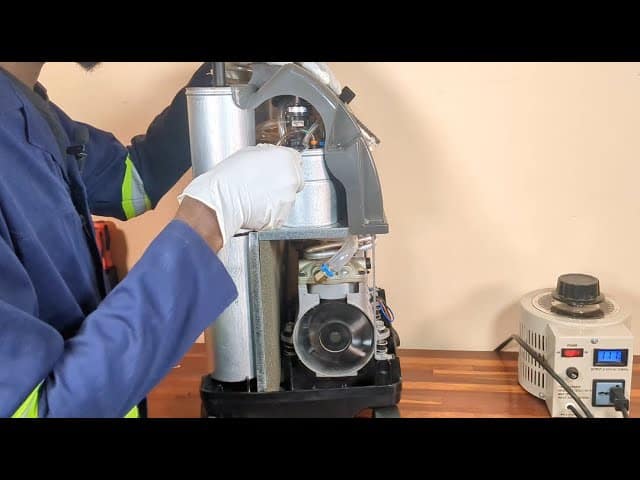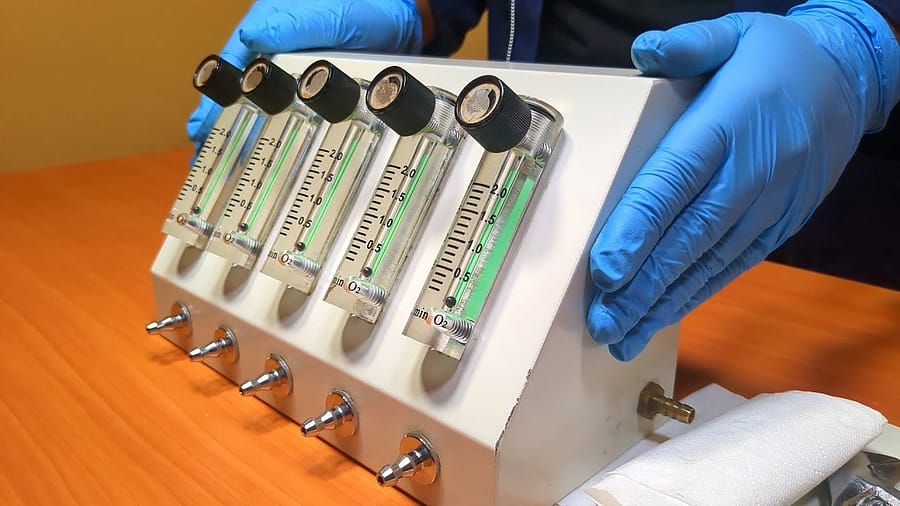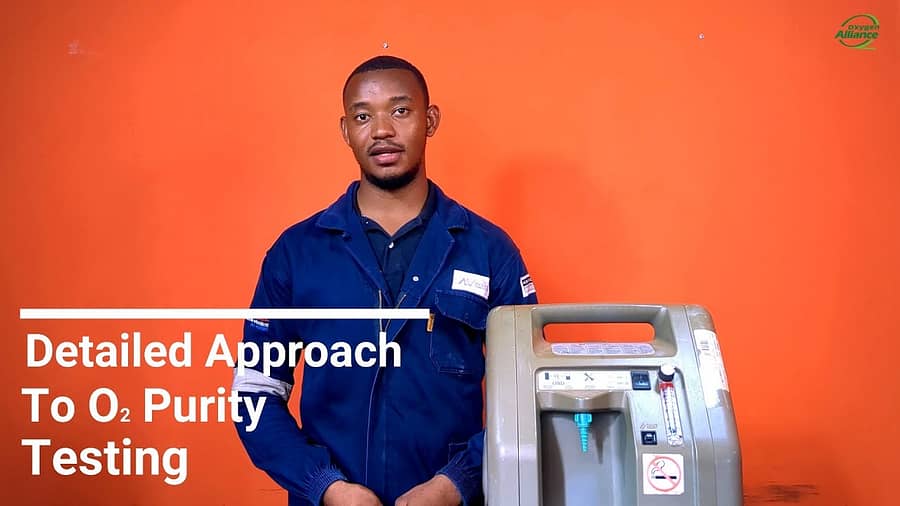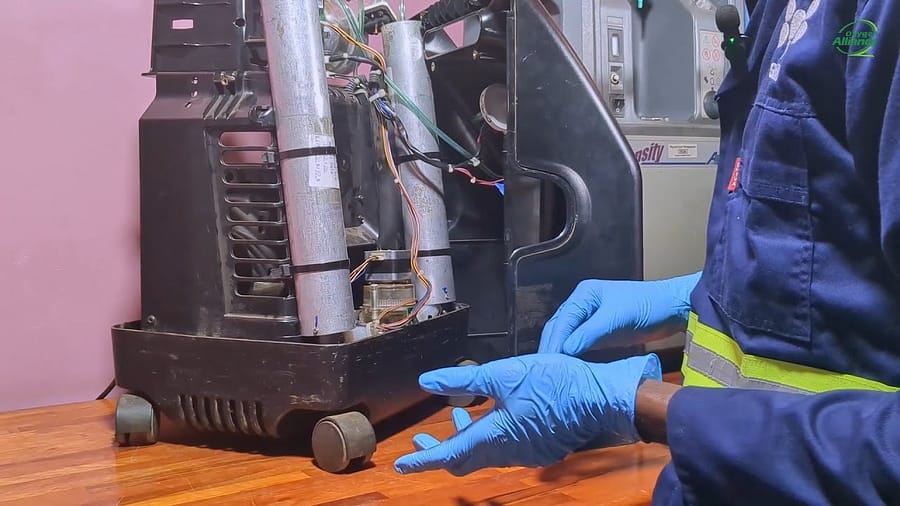Objective and Scope
Specialized neonatal devices like the Pumani bubble CPAP system demand a specialized level of technical understanding from the biomedical professional. This machine is designed to provide crucial respiratory support to premature infants, and a thorough knowledge of its assembly, systems, and maintenance is a direct contribution to the viability of this life-saving therapy. This guide details the operational principles, system components, and essential maintenance for the Pumani bCPAP.
Principle of Operation: Bubble-Generated CPAP
The Pumani system is a self-contained unit that blends ambient air with an external oxygen source to deliver continuous positive airway pressure (CPAP). The genius of the bubble CPAP lies in its simple yet ingenious method for generating pressure.
- Blended gas flows to the patient via an inspiratory tube and nasal prongs.
- The air the patient exhales travels through a wider expiratory tube.
- The end of this expiratory tube is submerged in a bottle of water.
- The resistance created as the exhaled bubbles are forced to push through the water is what generates the back-pressure, which is the CPAP itself.
- The level of this pressure is controlled simply by adjusting the depth of the tube in the water.
System Components and Architecture
A teardown of the Pumani system reveals a straightforward internal design. Its reliability hinges on a few core components: a functional pump, clean filters, and a leak-free pneumatic circuit.
Pneumatic System
- A small diaphragm pump draws ambient air into the unit through a replaceable filter.
- This air is then mixed with medical oxygen from an external source, which is regulated by a dedicated flow meter.
- The blended gas then passes through a total flow meter before being delivered to the patient port.
Electrical System
- The electrical system is similarly direct. A main power supply unit converts incoming AC voltage to 24V DC.
- This 24V DC powers both the pump and a secondary board for the audible power-loss alarm.
- The alarm is sustained by a capacitor, which ensures it functions even when the unit is disconnected from the main power source.
Key Maintenance Procedures
- Filter Replacement: A key maintenance procedure is the replacement of the ambient air filter. This is a simple but vital task that requires the removal of the pump assembly screws to access the filter.
- Routine Upkeep: The importance of routine upkeep is underlined by the inclusion of a spare parts kit, which provides essentials like fuses, O-rings, and cleaning brushes.
Video Resource
To provide a complete visual reference for the service and operation of this device, an in-depth video guide has been created. The presentation covers the assembly of all accessories, a full internal teardown, and a clear demonstration of how the bubble CPAP system generates therapeutic pressure.
Watch the full instructional video here:

